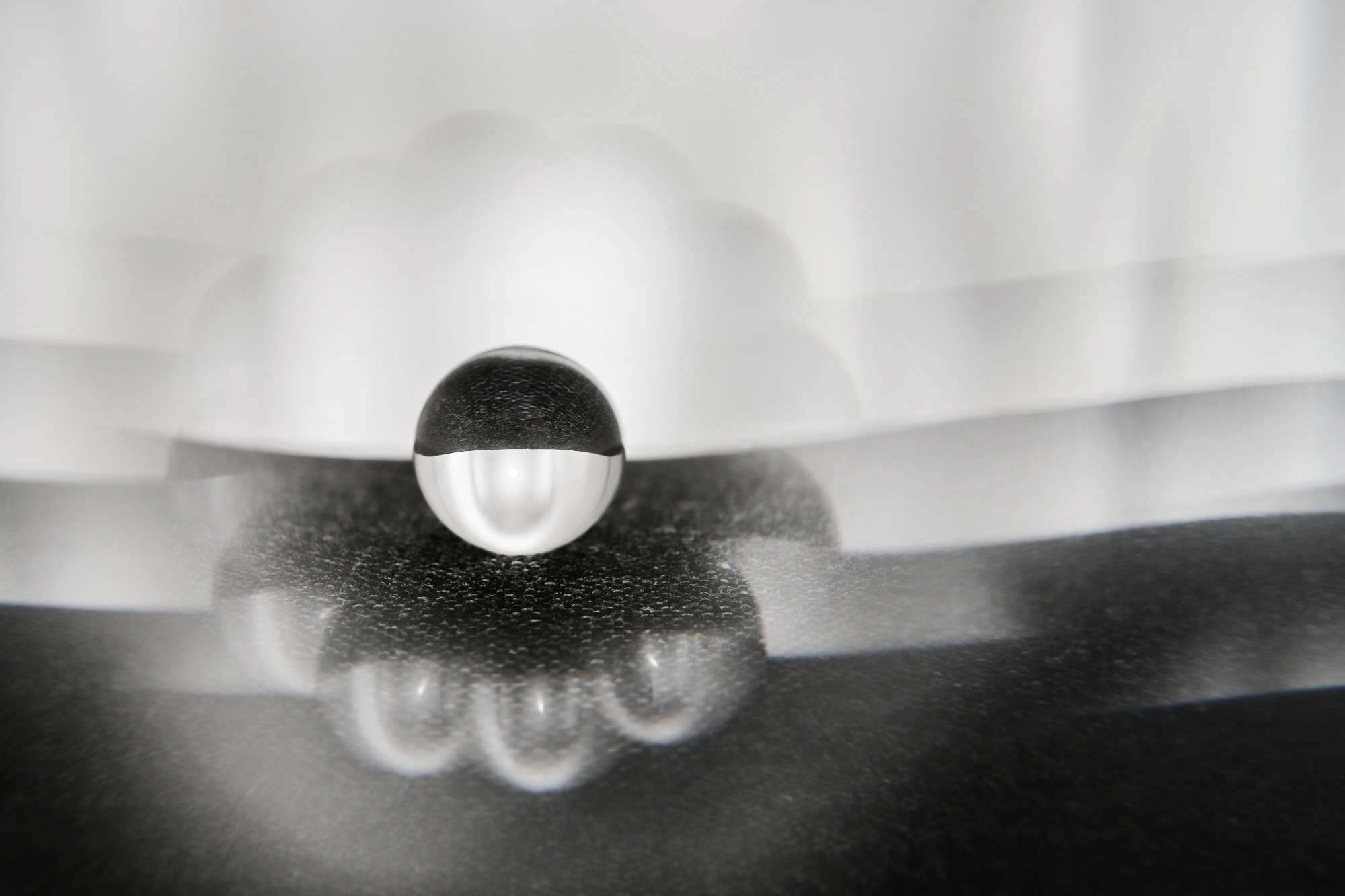Highly precise spectroscopy exposes a sixth-order nodal gap on PtBi2’s Fermi arcs, confirming a long theorized topological superconducting phase.
 Study: Topological nodal i-wave superconductivity in PtBi2. Image Credit: Jure Divich/Shutterstock.com
Study: Topological nodal i-wave superconductivity in PtBi2. Image Credit: Jure Divich/Shutterstock.com
A new Nature study reports the first experimental evidence of i-wave superconductivity - a rare sixth-order (l = 6) pairing symmetry - on the surface of the Weyl semimetal PtBi2.
Using ultrahigh-resolution angle-resolved photoemission spectroscopy (ARPES), the researchers mapped the superconducting gap along PtBi2’s topological Fermi arcs and found sharp, symmetry-enforced nodes centered directly on the arcs.
The superconductivity appears exclusively on the surface while the bulk remains metallic, establishing PtBi2 as a striking platform where unconventional pairing symmetry and topological surface states meet.
Get all the details: Grab your PDF here!
A Long-Predicted but Unseen Pairing State
Superconductors typically host low-order pairing symmetries such as conventional s-wave or the well-known d-wave conductivity in cuprates.
Although theorists have outlined possibilities for higher-order symmetries for decades, no experimental system had unambiguously demonstrated one. This study of semimetal PtBi2 fills this gap.
Its surface Fermi arcs develop nodes precisely where the superconducting gap is forced to 'vanish' by the material’s C3v symmetry. Fermi arcs are a kind of energetic state in Weyl semimetals, where electrons move in short arcs along the surface around Weyl points.
These nodes identify the A2 irreducible representation, whose lowest harmonic corresponds to an i-wave order parameter with a sin(6φ) angular dependence. This marks the first spectroscopic confirmation of superconductivity beyond d-wave.
Ultraprecise ARPES Revealed Structural Gaps
To resolve the fine structure of the superconducting gap, the team combined broad Brillouin-zone mapping with 21.2 eV ARPES and high-resolution 6 eV laser ARPES.
The latter provided exceptionally sharp energy and momentum distributions, allowing the superconducting gap to be tracked along the Fermi arc with unusual precision.
Measurements on both kagome-type and decorated honeycomb terminations revealed a strongly anisotropic gap that collapses at 0 ° and peaks at ±90 °.
Temperature-dependent spectra indicated that the gap closes around 10-15 K, consistent with the previously established regime of surface-confined superconductivity in PtBi2.
The ARPES results were supported by DFT in combination with Bogoliubov de Gennes slab calculations. These simulations reproduced the node positions and gap magnitudes, verifying that an i-wave pairing potential naturally generates the observed anisotropy.
Anomalous Topological Surface Superconductivity
Because PtBi2’s superconductivity resides on its topological surface states, the sign change of the i-wave order parameter along each Fermi arc produces a surface Majorana 'cone'.
Each surface hosts six such cones, all carrying the same topological winding number due to the crystalline and time-reversal symmetries. On the opposite surface, the winding numbers are reversed.
The result is an anomalous topological superconductor, a phase that cannot exist in a strictly two-dimensional system because its winding numbers would not cancel without the presence of a bulk.
Further theoretical modeling using a tight-binding description and a prism-geometry simulation demonstrated the emergence of zero-energy Majorana hinge modes, which appear as flat bands localized at step edges or crystal corners.
Together, the spectroscopy, symmetry analysis, and theoretical modeling establish PtBi2 as a rare instance of a material whose metallic bulk supports superconducting, topologically nontrivial surface states shaped by high-order pairing symmetry.
Implications of the Semimetal's Superconductivity
Although the metallic bulk currently limits the practicality of PtBi2 for quantum-computing applications, the study points to clear strategies for isolating its Majorana modes.
Ultrathin PtBi2 films may reduce the influence of bulk carriers, and engineered heterostructures could enhance the superconducting properties of the surfaces.
The authors note that controlled breaking of time-reversal symmetry may gap selected Majorana cones, potentially producing chiral or corner-localized modes suitable for device architectures.
The discovery positions PtBi2 as a powerful model system for probing unconventional superconductivity and opens new directions in the search for topological quantum materials defined by high-order pairing.
Journal Reference
Changdar, S., et al. (2025). Topological nodal i-wave superconductivity in PtBi2. Nature 647(8090), 613–618. DOI: 10.1038/s41586-025-09712-6
Disclaimer: The views expressed here are those of the author expressed in their private capacity and do not necessarily represent the views of AZoM.com Limited T/A AZoNetwork the owner and operator of this website. This disclaimer forms part of the Terms and conditions of use of this website.